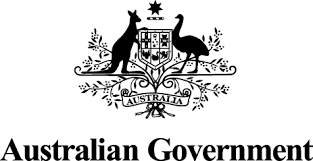Case Study
Accreditation required for access to funding for medical testing
Pathology testing in Australia is carried out at both public and private laboratories. Partial reimbursement of the costs of medical testing is permitted under the universal public health insurance scheme in Australia (known as Medicare).
For reimbursement claims to be accepted, the pathology laboratory used must be an accredited pathology laboratory under the Health Insurance Act 1973 (Cth) (HI Act). One of the conditions of gaining this status is the maintenance of an accreditation by the National Association of Testing authorities (NATA), the relevant national accreditation body in Australia.
NATA have a formal Memorandum of Understanding with the federal Department of Health and Ageing (DoHA) which endorses its accreditation role.
Medical testing (pathology) laboratories apply to NATA to be accredited in accordance with relevant guidelines issued by the National Pathology Accreditation Advisory Council (NPAAC) which reflect the requirements of ISO 15189, Medical laboratories – Requirements for quality and competence. As a competent accreditation body NATA itself fulfils the requirements of ISO/IEC 17011, Conformity assessment – General requirements for accreditation bodies accrediting conformity assessment bodies.
Through this conformity assessment scheme the federal government of Australia controls the quality of medical testing laboratories indirectly through controlling the access to funding. Access is only granted after the laboratories meet accreditation requirements and demonstrate their adherence to relevant standards. The federal Department of Health and Ageing (DoHA) do not directly accredit laboratories but instead rely upon the national technical accreditation system through NATA to achieve this outcome. This saves DoHA the direct expense of undertaking the accreditation service, and removes the Department from a conflict of interest that might be perceived if they were to accredit public health laboratories.
Further information is available on the Australian Department of Health website.




